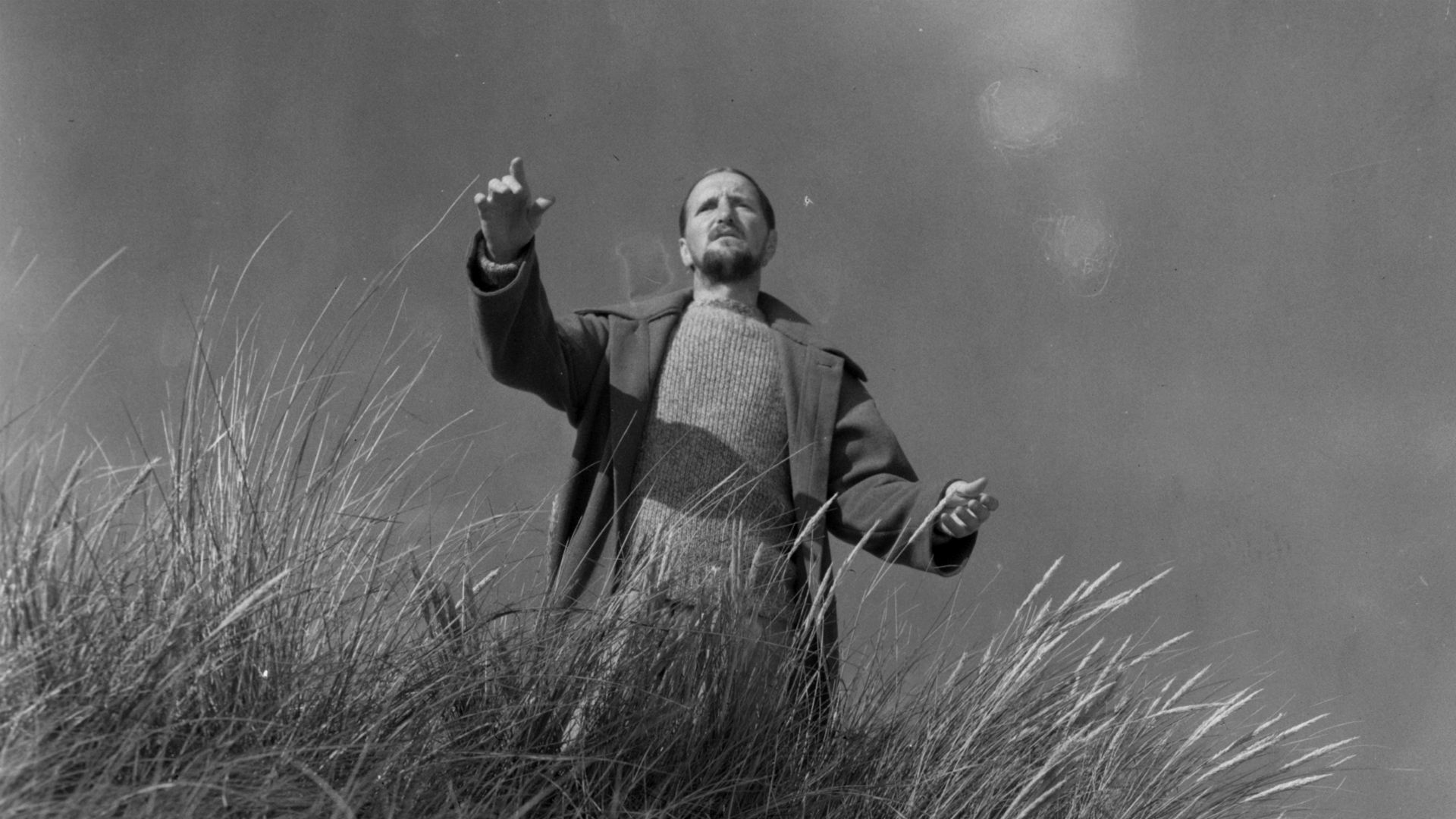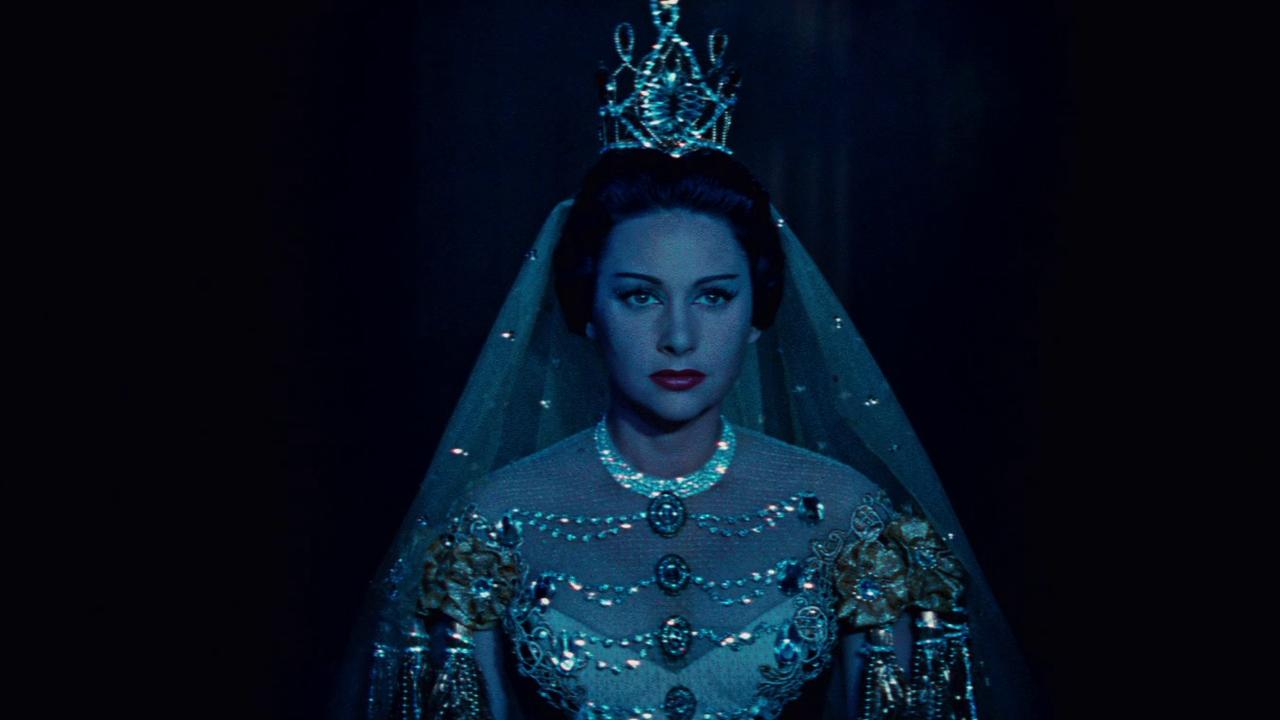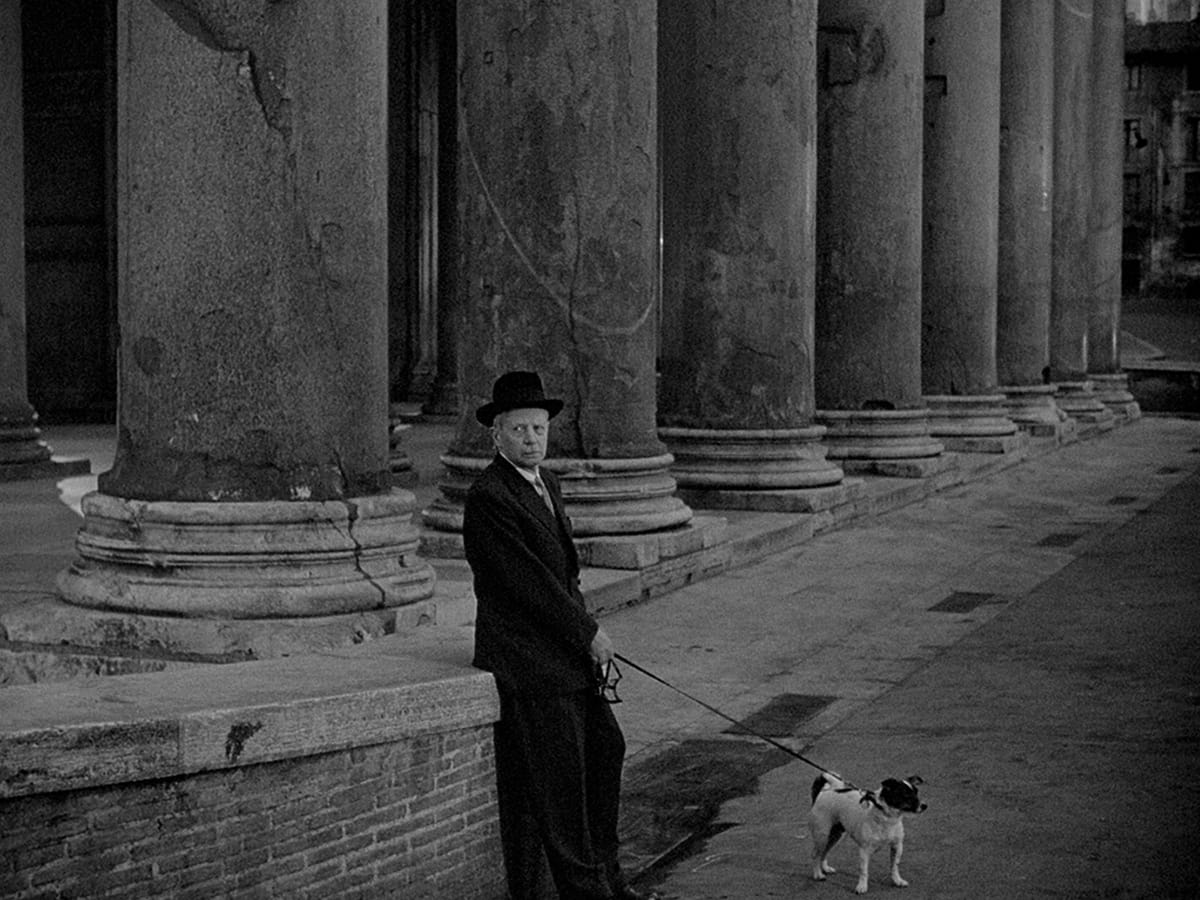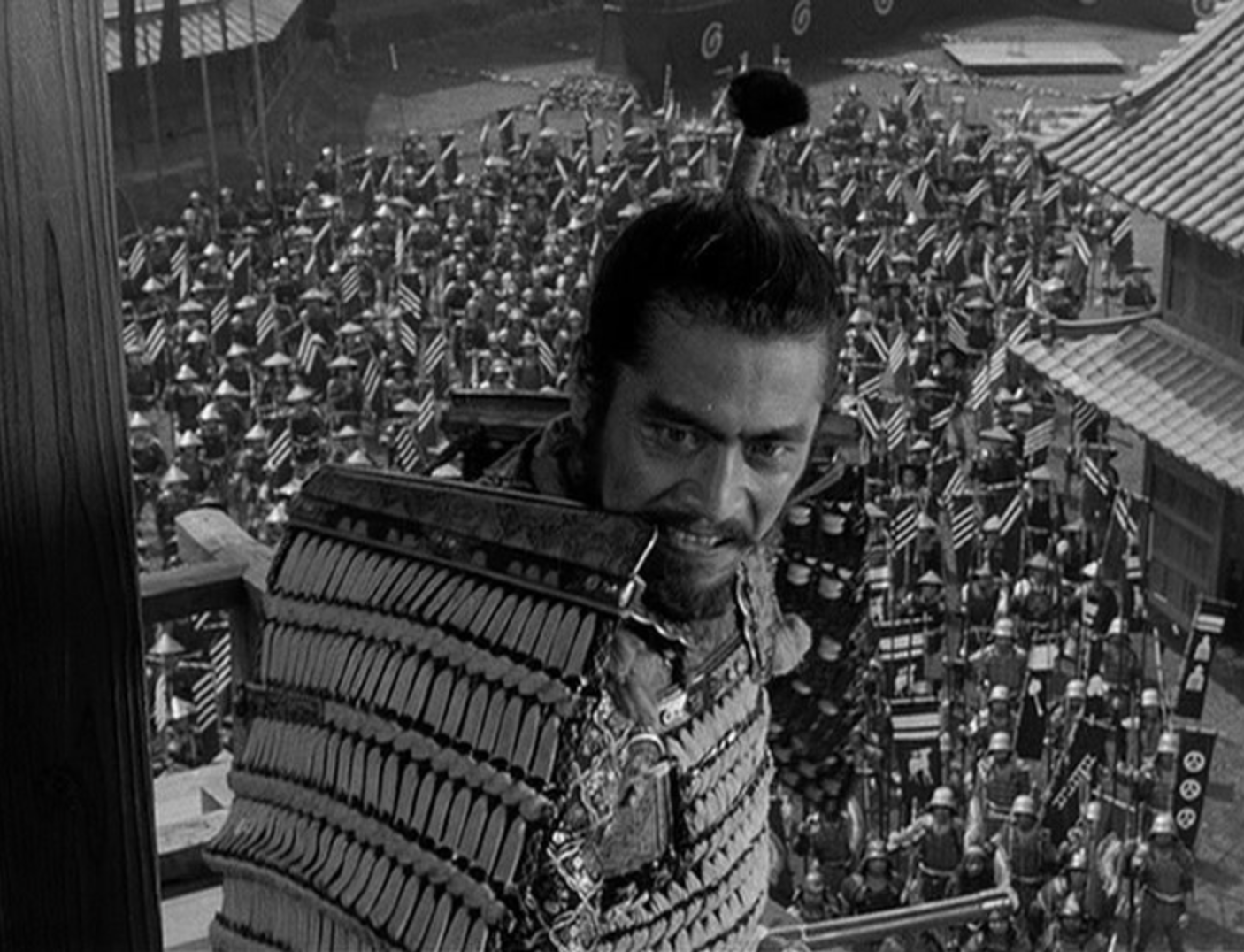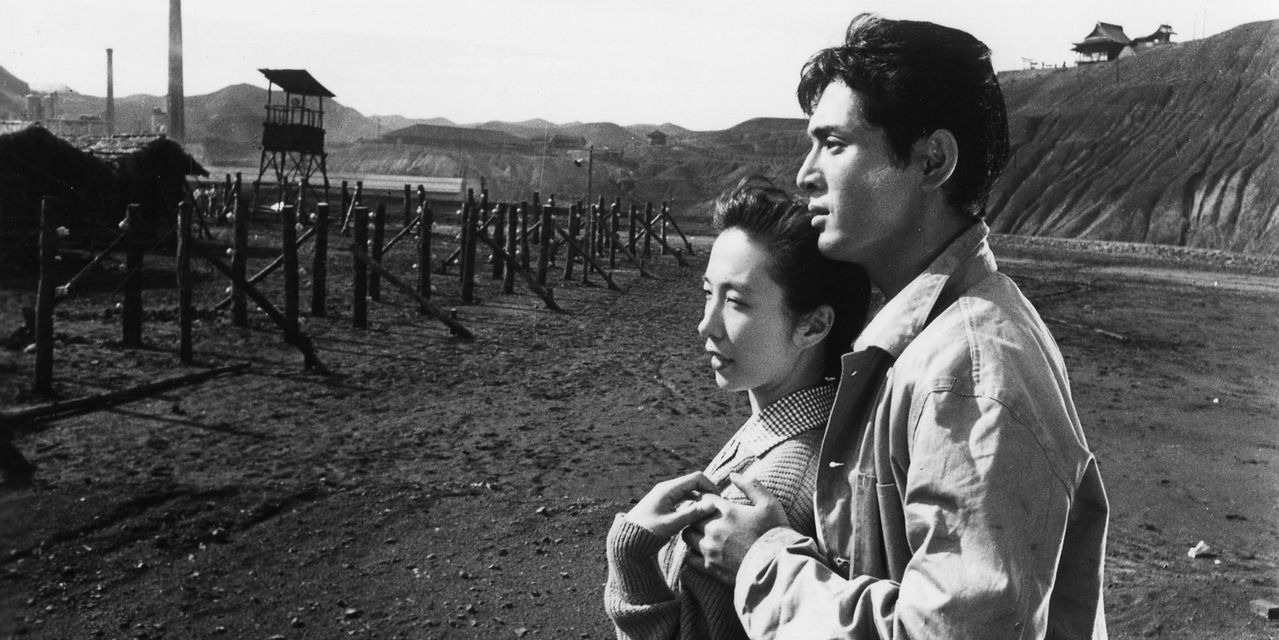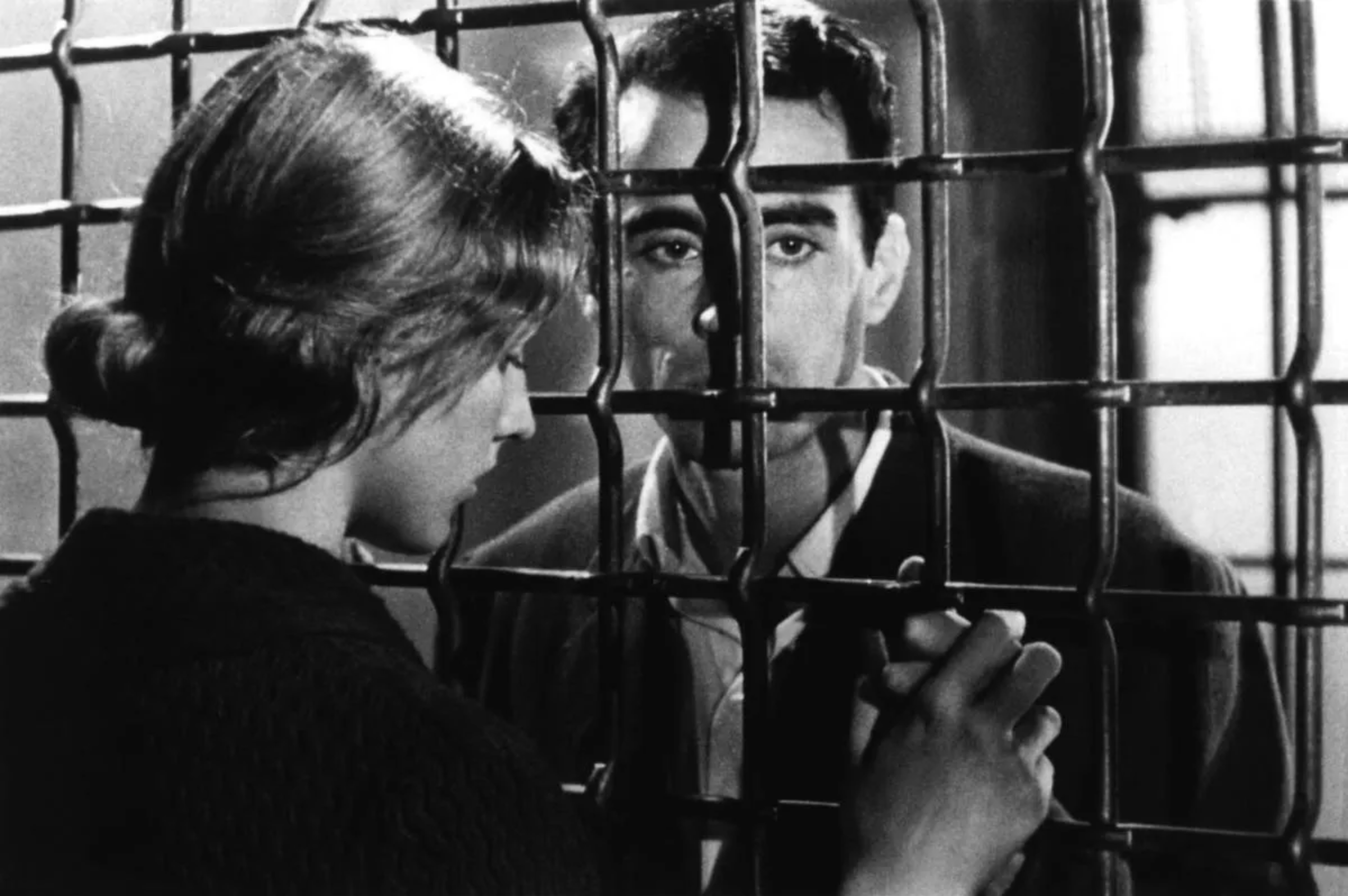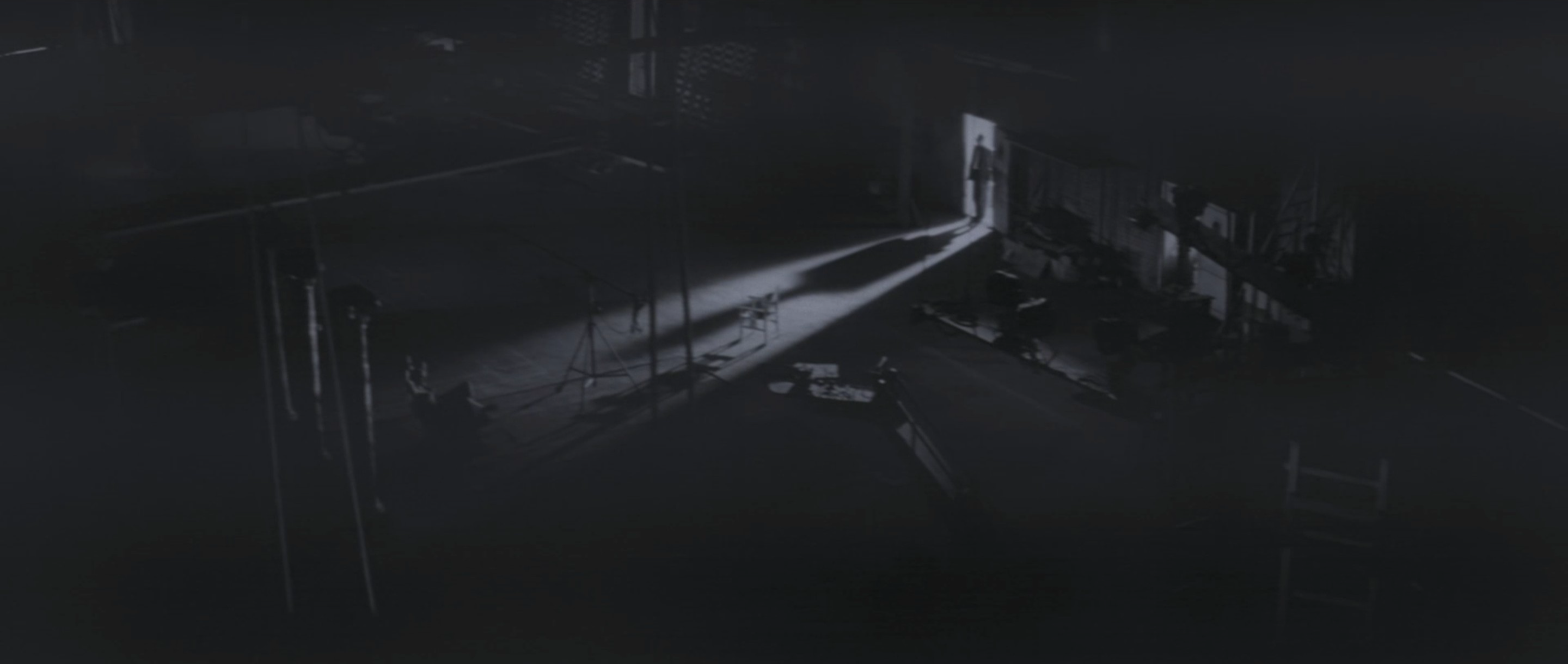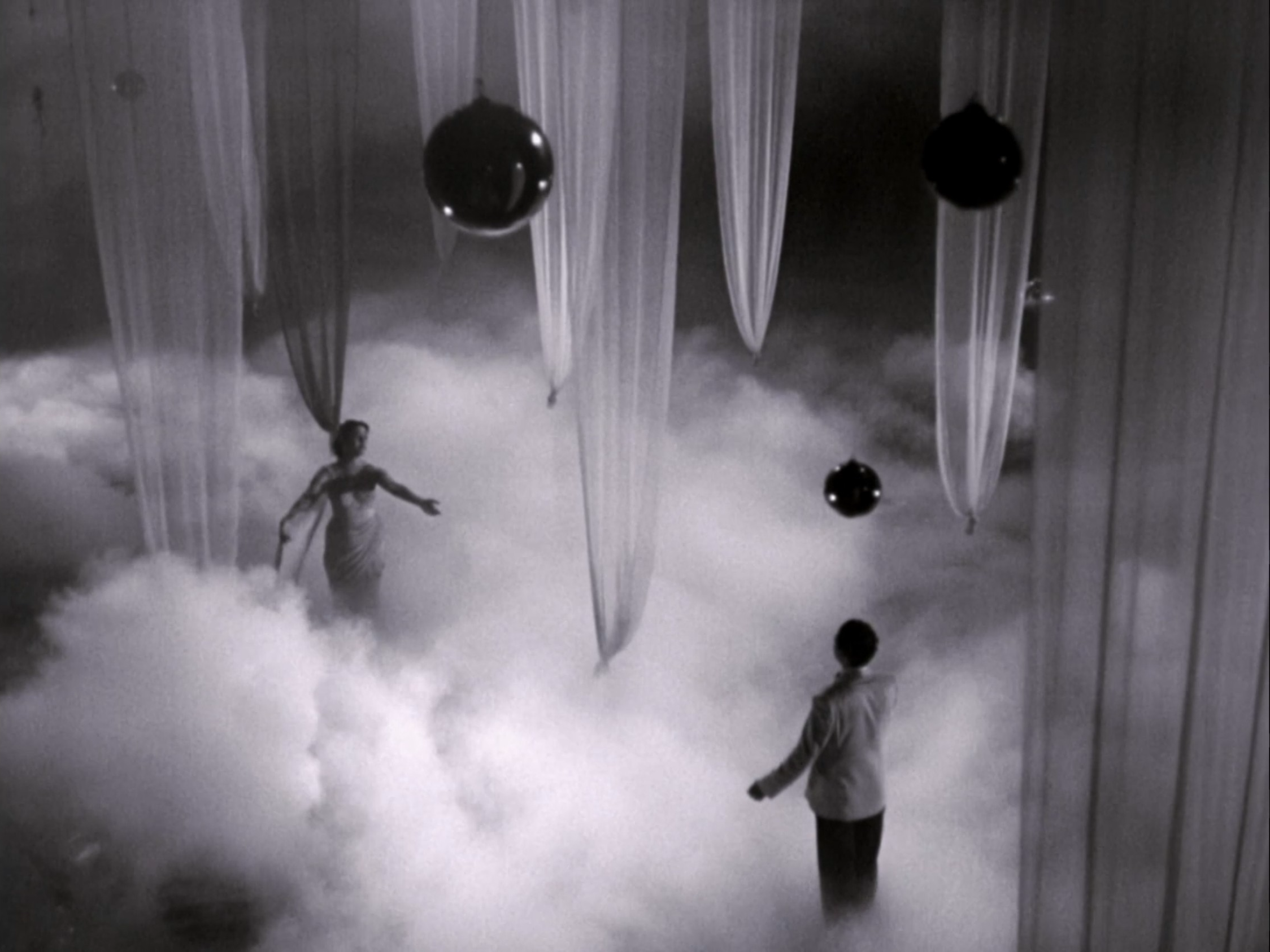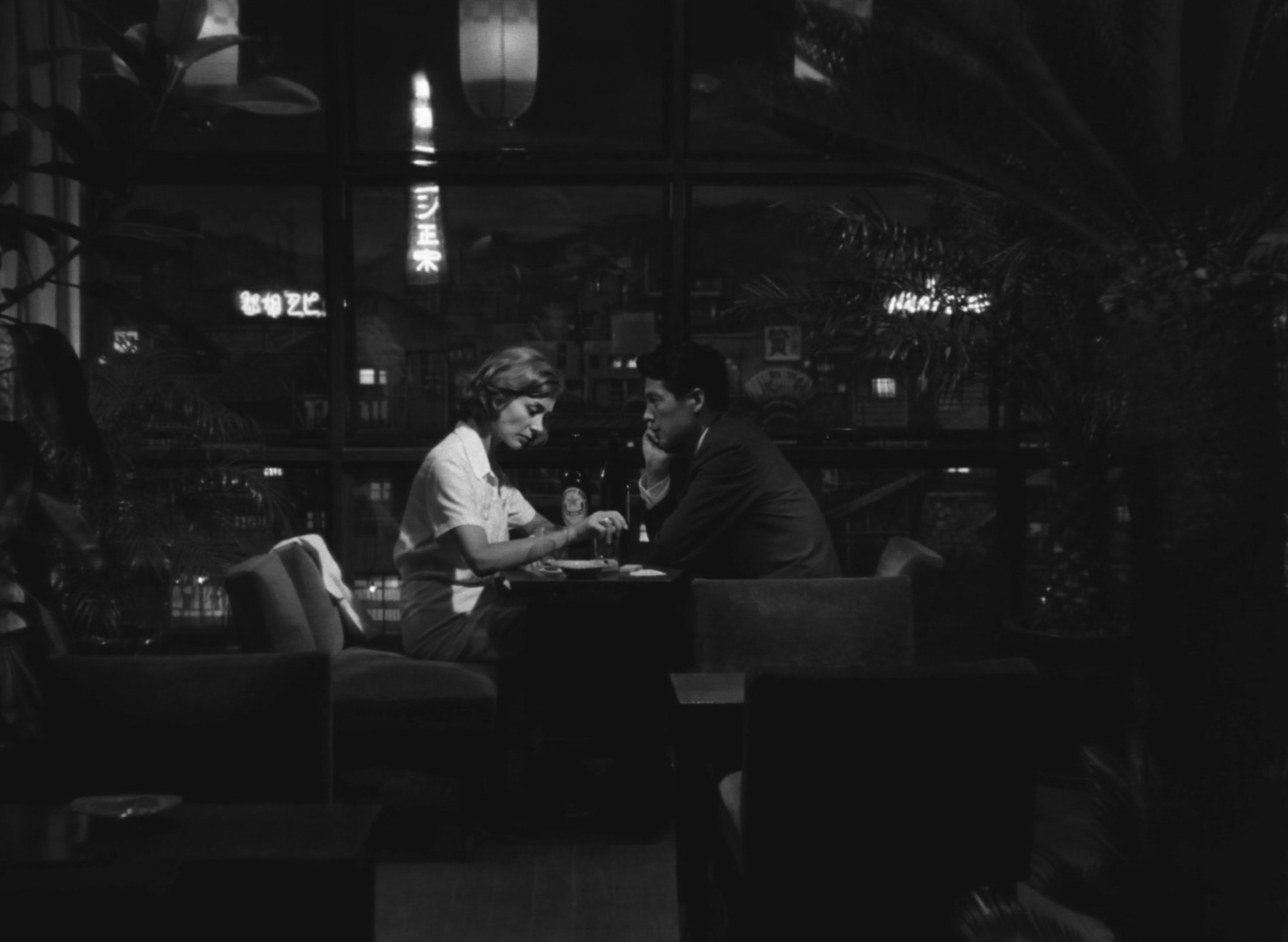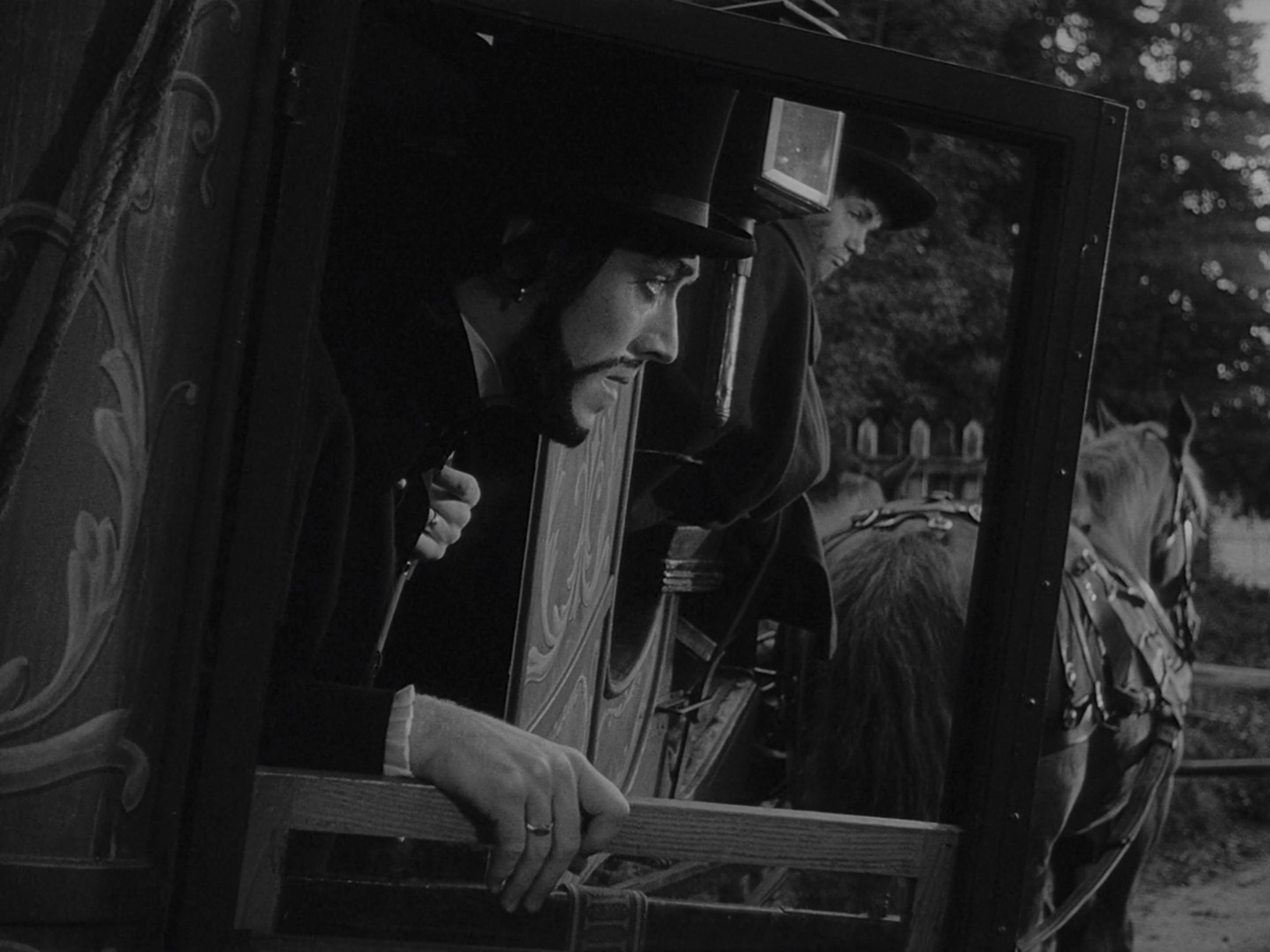Ordet (1955)
Ordet’s parable of dwindling spirituality is stark in its dogmatic minimalism, enveloping Christians and non-believers alike in rural landscapes of harrowing scarcity, and yet still there is hope in Carl Theodor Dreyer’s deliberations on divine miracles that espouse the indivisibility of life, faith, and the profound resurrection of both.

